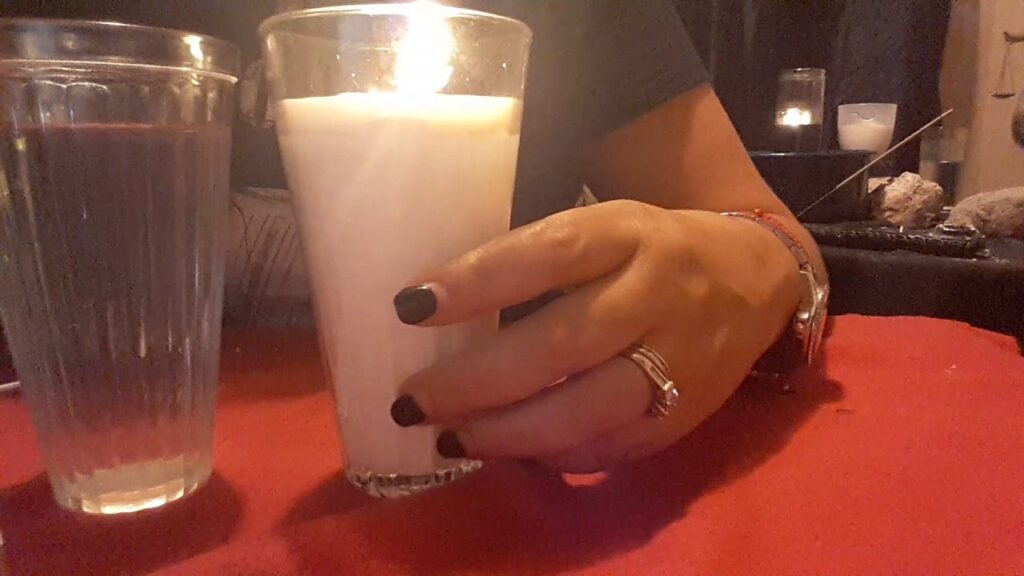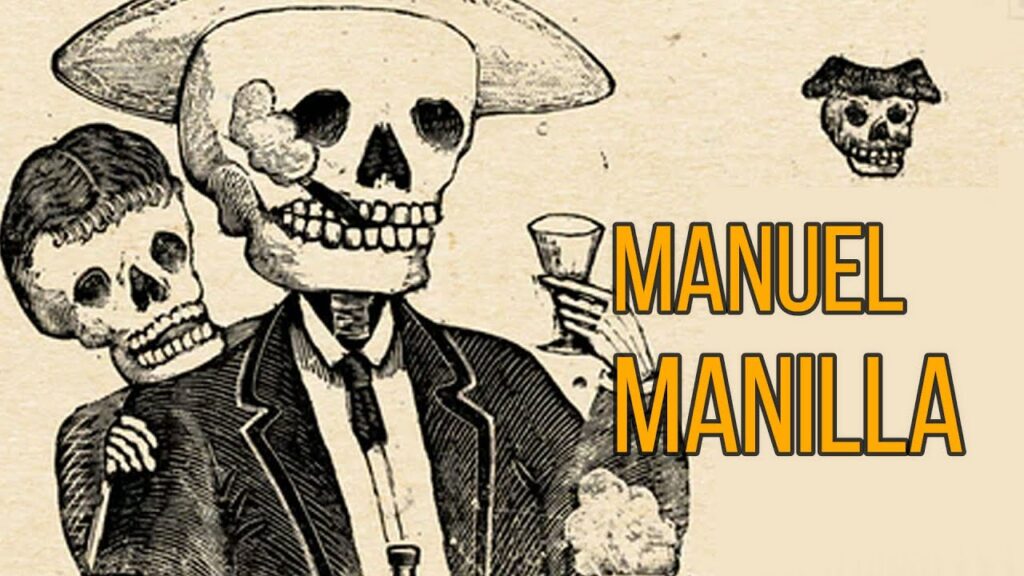Exploring the Rich Tapestry of Mexican Legends: A Journey into Oral Tradition
Mexico’s heritage is flush with a vibrant tapestry of legends that stem from a blend of indigenous cultures and Spanish influences. These stories are not just mere tales but are the heartbeat of Mexico’s past, narrating the struggles, dreams, and beliefs of the people who lived through different eras. They offer a window into the spiritual relationship between the ancient civilizations and their gods, nature, and the cosmos. Embarking on this journey through Mexican oral traditions opens up a realm where mythical creatures walk alongside mortals and heroes confront formidable gods.
One cannot discuss Mexican legends without mentioning the famed story of “La Llorona” or The Weeping Woman. This haunting tale speaks of a ghostly figure who roams near bodies of water, mourning her drowned children. It’s a cautionary narrative, instilling fear and moral values, prevalent in many variations across regions. The chilling wails of La Llorona serve as a night-time reminder of the consequences of passion and the importance of familial duties within Mexican culture.
Apart from ghostly legends, Mexico’s folklore is also rich with tales of great bravery and gallantry. The legend of “El Cid,” a noble knight, tells of his quest to protect his people and his love, sharing themes of courage and loyalty. As one delves deeper into these stories, one often encounters a moral lesson, a glimpse into the social structure of the time, or an explanation of natural phenomena – all wrapped in a captivating narrative that has been told and retold throughout generations.
The figure of “El Charro Negro,” or The Black Cowboy, is another compelling character within Mexican legends. Often depicted as a handsome but mysterious horseman dressed in black, he roams the countryside, appearing at crossroads to offer travelers deals that come with heavy prices. This legend serves as a metaphor for the eternal struggle between good and evil, tempting fate, and the importance of making wise choices. The Black Cowboy is a cultural symbol that warns against straying from the path of righteousness and succumbing to seemingly easy rewards.
These narratives are not only confined to the realm of literature but are deeply engraved in the country’s art, cinema, and festivals. Events like “Día de Muertos,” or Day of the Dead, are embodiments of such legends, where the living warmly welcome the spirits of the departed, celebrating life, death, and heritage in a kaleidoscope of colors and emotions. It is during such times that these legends come to life, reminding us of the rich oral tradition that continues to shape the identity of Mexico and its people today.
The Mystical World of Mexican Folklore: Unearthing Ancient Narratives
The rich tapestry of Mexican folklore stretches back through time, intertwining the lives of the people with the mythical narratives that have been passed down from generation to generation. These tales are not just simple stories; they embody the spiritual essence of Mexico’s indigenous roots and are steeped in symbolism and moral lessons. Aztec legends, with their pantheon of gods and goddesses, spin yarns of creation and destruction that continue to awe and inspire, while the profound wisdom of the Mayas is echoed through their cosmological stories and intricate calendar system.
Among the many enchanting elements of Mexican folklore, the character of La Llorona, or the Weeping Woman, stands out. Haunting the rivers and waterways, she is often depicted as a lost soul in perpetual search for her children, offering a narrative that explores themes of love, loss, and eternal regret. Her story serves as a cautionary tale, warning of the consequences of tragic choices and the unyielding grip of remorse. La Llorona’s legend underscores the idea that folk stories serve as a moral compass for society, reminding individuals of the values they hold dear.
One cannot delve into the heart of Mexican folklore without encountering the mystical creatures that inhabit these ancient narratives. The Alebrijes, fantastical and vibrant animal figures, represent the spirit animals guiding souls in the afterlife. Also, the legendary Chupacabra, whose name literally means ‘goat-sucker’, has been the subject of countless tales that speak to the human sense of fear and the unknown. These creatures, both feared and revered, contribute to the complex mosaic of Mexican folklore and highlight a world where the line between the real and the supernatural is dazzlingly blurred.
Mexican folk narratives also play a crucial role during prominent festivals such as Day of the Dead (Día de Muertos). This celebration is not only about honoring ancestors but also about the symbolic juxtaposition of life and death. Stories and myths come alive as folk art, music, and dance weave a vibrant narrative celebrating the cycle of existence. This festival transcends the boundaries of the material world, inviting individuals to explore the deeper connections between storytelling and cultural identity, making it an essential conduit for preserving and disseminating Mexico’s rich folklore heritage.
Discover the Timeless Legends of Mexico: A Guide to Its Storytelling Heritage
Mexico’s rich tapestry of culture and history is intricately woven with legends and folklore that span through centuries. From the ancient myths of the Aztecs and Mayas to the ghost stories and legends of colonial times, these tales have been passed down through generations. They offer a glimpse into the values, fears, and dreams of the Mexican people. Traveling through Mexico, you’ll find that each region has its own unique stories, rooted in the local history and tradition, waiting to be discovered and experienced.
In the highlands of central Mexico, the story of “La Llorona,” or the Weeping Woman, echoes through the canyons at night. Said to be a ghostly figure in white, she roams near water sources mourning her lost children. Though her tale is a cautionary one, warning children to obey their parents and avoid darkness, it also reflects the deep sense of family that is central to Mexican culture. Another famed legend is that of “El Chupacabra,” a creature believed to attack and drink the blood of livestock, instilling both fear and fascination.
Beyond the creatures of the night, the legends of Mexico reflect the intermingling of pre-Hispanic traditions and Spanish influence. The legend of “La Cihuateteo,” tells of the spirits of women who died in childbirth. The Aztecs considered these women warriors who accompany the sun during its journey through the underworld each night. In some regions, these stories have merged with tales of the Virgin Mary, creating a blend of lore that showcases Mexico’s syncretic spirituality.
The oral tradition of storytelling in Mexico is not only about mythical creatures or spirits; it also encapsulates historical figures and their heroic or tragic events. The story of “Los Niños Héroes,” six young cadets who defended Chapultepec Castle during the Mexican-American War, is one such legend. It’s a source of national pride and a testament to courage. Similarly, the adventures of Pancho Villa and Emiliano Zapata during the Mexican Revolution have become part of the colorful fabric of Mexican folklore, inspiring generations and enriching the country’s narrative heritage.
Mexican Myths and Legends: A Glimpse into the Soul of a Millennia-Old Culture
Mexico’s rich tapestry of culture is woven with the vibrant threads of countless myths and legends that have been passed down through the generations. These tales, originating long before the arrival of Spanish conquistadors, provide a fascinating portal into the beliefs, traditions, and values of ancient civilizations such as the Aztecs and Mayans. In every whisper of these ancient stories, you can hear the heartbeats of gods and goddesses, mythical heroes, and fantastical creatures that have shaped the Mexican psyche.
One of the most emblematic figures in Mexican folklore is La Llorona, the weeping woman. This ghostly apparition is said to haunt the riverbanks, lamenting the loss of her children whom she drowned in a fit of madness. Her story serves as a cautionary tale about love and loss, and her mournful cries are a symbolic reminder of the importance of family in Mexican society. As children listen to the story of La Llorona, they learn about the consequences of one’s actions and the weight of regret.
In the lush jungles of the Yucatan peninsula, tales of the Aluxes, small mythical beings similar to elves or goblins, have circulated for centuries. These mischievous spirits are believed to act as protectors of the natural world, and local farmers still make offerings to them in order to have successful harvests. Legends say that if you treat them with respect, the Aluxes will help your crops thrive, but if you disrespect them, trouble will surely follow. Such tales reflect the deep connection between the people and the diverse ecosystems of Mexico.
The great Quetzalcoatl, the Feathered Serpent, is a god who permeates the mythology of numerous Mesoamerican cultures. Revered as a creator deity, a giver of life, and a symbol of wisdom and knowledge, his influence can be seen in the art and architecture throughout the region. The story of Quetzalcoatl highlights the Mexican people’s reverence for the natural elements and their understanding of the cyclical nature of life. Exploring his legends leads to a greater appreciation of how ancient cultures sought to make sense of the world around them.
Amid the festivity of the Day of the Dead, the figure of La Catrina, elegantly dressed in her high-society attire, reminds Mexicans of the universality of death and the need to embrace it with dignity and humor. Originally created by the artist José Guadalupe Posada, La Catrina has become a symbol of the holiday, representing a cheerful outlook on mortality and the belief that the spirits of the deceased return each year to visit their loved ones. This practice highlights the fusion of pre-Columbian and Christian beliefs and demonstrates how myth and legend continue to evolve within Mexican culture.
Unlocking the Secrets of Mexican Tradition through Its Legendary Tales
Mexico’s rich cultural tapestry is woven with vibrant legends and myths that have been passed down through generations. These legendary tales are not mere stories but are the keys to understanding the depth of Mexico’s traditional values and collective consciousness. From the sun-kissed coasts of the Yucatan Peninsula to the bustling streets of Mexico City, every region boasts its own unique folklore that encapsulates the spirit of Mexican heritage. By delving into these tales, one can unlock the mysteries of ancient rituals, the valorous deeds of folk heroes, and the profound wisdom enshrined in Mexican proverbs.
Consider the legend of La Llorona, a haunting tale that continues to echo through the alleyways and riverbanks of numerous Mexican towns. This sorrowful story not only serves as a cautionary tale about love and loss but also reflects the complex social history of colonial Mexico. Similarly, the tales of El Cucuy and El Chupacabra blend supernatural elements with real-life caution, teaching lessons about the natural world and the perils that lurk within it. By understanding these narratives, one gains a deeper appreciation for the fears and hopes that shape the Mexican way of life.
Annual festivals and celebrations offer a vivid window into the country’s mythical past, where the lines between legend and history blur. Events like the Day of the Dead (Día de los Muertos) paint a vivid picture of Mexico’s relationship with mortality, rooted in pre-Hispanic beliefs overlaid with Catholic traditions. As marigold petals form trails for spirits to follow, and families gather around lavishly decorated altars, oral stories of ancestral spirits and otherworldly journeys are shared, fostering a sense of continuity and connection with the unseen world.


